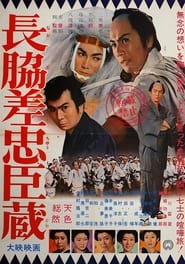detail profile koichi ose
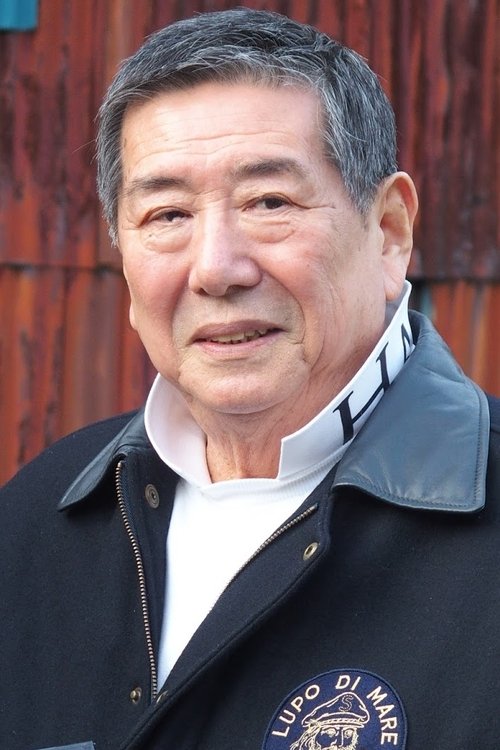
Koichi Ose
Kōichi Ōse
atau dikenal sebagai
Riwayat Hidup
Ose Koichi was born 27th October 1937 in Yokohama.
His real name is Ose Kazunari.
He graduated from Keio University School of Foreign Languages.
In 1952 he entered the Daiei film company (they made Rashomon among other films) and appeared in a number of films.
In 1958 he starred in the TV series Gekko kamen where he gained tremendous popularity with children as the mysterious masked hero.
This series was made by Senkosha Productions and directed by Funatoko Sadao.
Its two theme songs became big hits.
Next he was directed by Funatoko in Jaga no me which proved to be another hit.
Then came The Samurai which further increased his popularity with the younger set.
Throughout the 60s he appeared in various movies apart from the two Samurai spin-offs, some period pieces and gangster films.
He also appeared on stage.
In 1969 he retired from acting and from 1971 he concentrated on the management of an acting agency and in 1977 finally left show business altogether.
He now runs a promotion and property company that includes a chain of noodle shops.
In April 1964 he married actress, Hizuru Takachiho and they have one son, Yasuhiro, born in October 1965.
Ose had his share of accidents, falling and injuring himself during some swordplay at a theatre.
He now lives in Tokyo and is an expert in iaido.
Info Pribadi
Peran Yang Di Mainkan Koichi Ose
 A unique black comedy set in...
A unique black comedy set in...The Intermission 2013
A unique black comedy set in Ginza Cinepathos, a long-established movie theater that closes at the end of March 2013 while being familiar to movie fans with its retro appearance and unique lineup. Unique guests visiting the theater draw a human pattern during breaks.
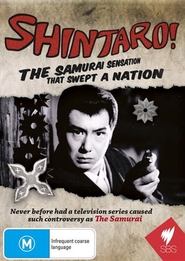 In 1964 a sensation swept through Australian...
In 1964 a sensation swept through Australian...Shintaro! 2009
In 1964, a sensation swept through Australian lounge rooms leaving an indelible impression on the children of that generation. That sensation was The Samurai -the first foreign cult television series from Japan to be broadcast in Australia.
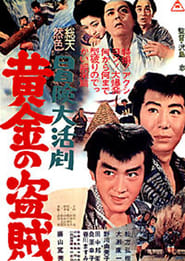 Just after the Battle of Sekigahara...
Just after the Battle of Sekigahara...Golden Ninja 1966
Just after the Battle of Sekigahara, a pair of children Denji and Kichizo witnessed a team of the defeated forces hide the Toyotomi treasure. When the leader cuts down the rest of the team, a bloodstained footman seems to be the only survivor, and his image haunts the pair for the next twenty years. As they are serving a prison sentence a plan is hatched to get them released so they can lead their captors to the hidden gold on Hikone Beach. Danger and excitement await the two as they run into unexpected and dangerous obstacles!
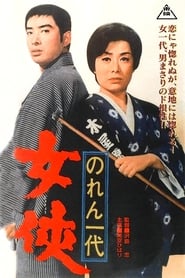 Mine the only daughter of Kiyagen...
Mine the only daughter of Kiyagen...The Protector 1966
Mine, the only daughter of Kiyagen, is faced with running the family's timber business when her father falls ill. Under a great deal of pressure to continue the five generation long run of the business, Mine is put to the ultimate test when a former gangster sets his sights on closing her down.
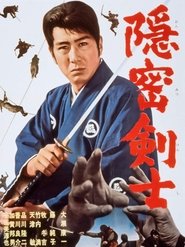 Young swordsman Shintaro must fight against...
Young swordsman Shintaro must fight against...The Detective Fencer 1964
Young swordsman Shintaro must fight against evil officials who plot to overthrow the youthful Shogun.
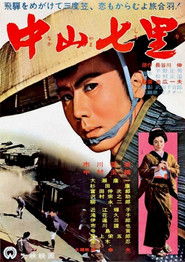 When a corrupt magistrate rapes Oshima...
When a corrupt magistrate rapes Oshima...Seven Miles to Nakayama 1962
When a corrupt magistrate rapes Oshima, Masa (Raizō Ichikawa) avenges her by killing the officer, becoming thereby a fugitive, haunted and grief-stricken by the fact that Oshima committed suicide. Going underground in the gambling world, perpetually hiding from the law, Masa eventually meets a young woman named Onaka, who looks exactly like Oshima. Tales having two look-alike heroines are a commonplace in Japanese period films, a plot affectation inherited from the kabuki theater. Based on a novel by Shin Hasegawa, Nakayama shichiri was already twice filmed in 1930, one version directed by Namio Ochiai, and from which less than 40 minutes survive, the other directed by Kyotaro Namiki. Both are silent films, preserved by the Makino film institute.
